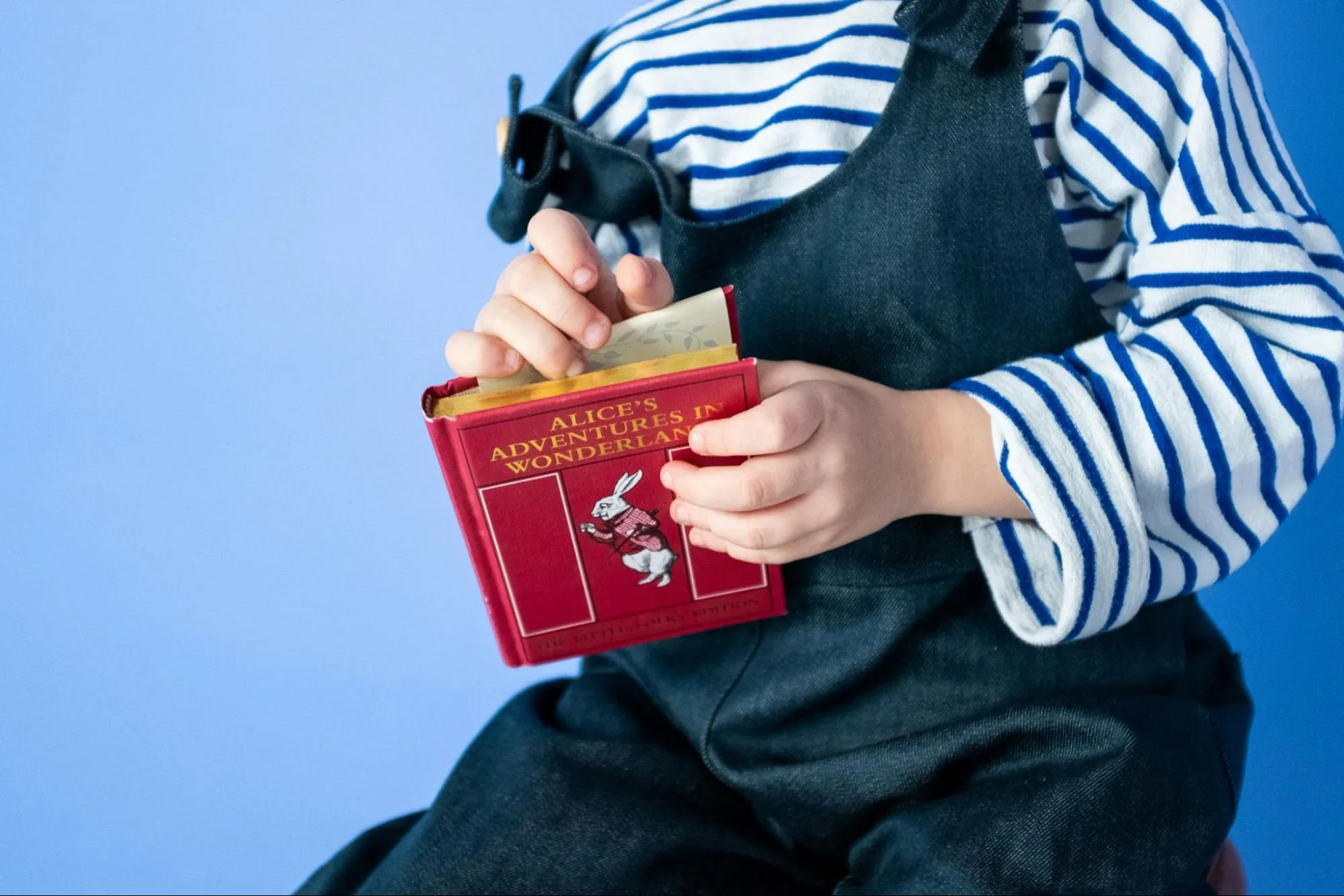How Do You Use Literature to Help Your Child Handle Their Emotions?
Literature can be a powerful tool in guiding children through the complexities of their emotions, as revealed by an eCommerce Manager who recommends The Color Monster for emotional learning. Alongside insights from a founder & Head of Customer Delivery and five additional answers, we delve into a range of strategies and books designed to help young minds process their feelings. From engaging with interactive stories to the calming rhythm of rhyming tales, discover how to turn reading time into an emotional learning experience.
- Use The Color Monster for Emotional Learning
- Empower with The Kissing Hand
- Teach Empathy with Moral Dilemmas
- Explore Emotions with Animal Characters
- Engage Kids with Interactive Stories
- Process Feelings in Fantasy Worlds
- Soothe Anxiety with Rhyming Stories
Use The Color Monster for Emotional Learning
As a parent, I use literature as a tool to help my child understand and express their emotions by choosing books that reflect their experiences and feelings.
One effective book we’ve found is The Color Monster by Anna Llenas, which uses colors to represent different emotions, making it easier for my child to identify and talk about how they’re feeling. This approach has opened up meaningful discussions about emotions and has taught my child to articulate their feelings more clearly.
 John Frigo
John Frigo
Ecommerce Manager, Best Price Nutrition
Empower with The Kissing Hand
One powerful way I use literature to help my child navigate their emotions is by incorporating stories that mirror their experiences or offer guidance through challenging situations.
One effective book we’ve found is The Kissing Hand by Audrey Penn. This heartwarming tale follows a young raccoon nervous about starting school, paralleling the anxieties many children face in new environments.
By empathizing with the protagonist’s feelings and exploring coping mechanisms together, like the comforting ‘kissing hand’ gesture, my child learns to manage their own emotions.
Additionally, I encourage open dialogue about the story, allowing my child to express their thoughts and feelings freely.
Recently, after reading this book, my child shared their apprehensions about starting a new extracurricular activity, but we were able to discuss strategies to alleviate their worries, drawing upon the lessons from the story.
This personalized approach not only fosters emotional intelligence but also strengthens our parent-child bond through shared literary experiences.
 Aseem Jha
Aseem Jha
Founder & Head of Customer Delivery, Legal Consulting Pro
Teach Empathy with Moral Dilemmas
Introducing young readers to books that contain moral dilemmas offers a powerful way to foster empathy. Through the characters’ experiences, children learn to understand different viewpoints and the consequences of their actions. These stories often present challenges that require characters to make tough choices, highlighting the complexity of emotions.
As kids follow the narrative, they start to imagine how they would feel and what they might do in a similar situation. Parents and educators can use these engaging tales to discuss emotions and empathy with children. Encourage your kids to read stories with moral lessons to help them grow emotionally.
Explore Emotions with Animal Characters
Stories featuring animals as the main characters are not just entertaining; they serve an important purpose in teaching emotions. Animals in stories can express human-like emotions, which allows children to explore feelings in a setting that is a step removed from their own reality. This distance can make complex emotions like jealousy, pride, or sadness more approachable for a child.
By relating to a fictional animal’s journey, children can learn how to identify and express their emotions in a simpler and more relatable way. Find a book with an animal protagonist for your child and explore emotions together through the adventures of the characters.
Engage Kids with Interactive Stories
Interactive stories that require children to make choices can have a profound effect on their emotional development. These stories put kids at the heart of the action, making decisions for the characters and seeing the outcomes of those choices. This active participation fosters a deep understanding of emotional cause and effect.
Through problem-solving within the narrative, children learn to navigate their real-world emotions and reactions. Look for interactive books that engage your child in making decisions and help them tackle emotions through play and imagination.
Process Feelings in Fantasy Worlds
Fantasy stories can be a sanctuary for children dealing with intense emotions. In these magical realms, kids can encounter heroes with similar feelings and fears, all within a safe and controlled environment. The fantastical elements offer children a way to process their feelings by projecting them onto the characters in a world where anything is possible.
This can be particularly helpful for working through emotions they are not yet ready to confront directly. Find a fantasy story for your child that will allow them to experience emotional growth in a way that feels like an adventure.
Soothe Anxiety with Rhyming Stories
The soothing power of rhymes and rhythms in children’s stories is a gentle method for dealing with anxiety. The predictable patterns and beats create a calming effect, much like a lullaby, which can be comforting to a child feeling overwhelmed. As they listen to these rhythmic tales, children find a sense of order and peace amongst their chaotic emotions.
The joy of hearing a story told in rhyme can create a positive association with reading and help ease anxious feelings. Choose a rhyming story for your child’s next reading time to help them find calmness and joy in the rhythm of words.
Submit Your Answer
Would you like to submit an alternate answer to the question, “How do you use literature to help your child handle their emotions? Share one effective book or strategy.”
